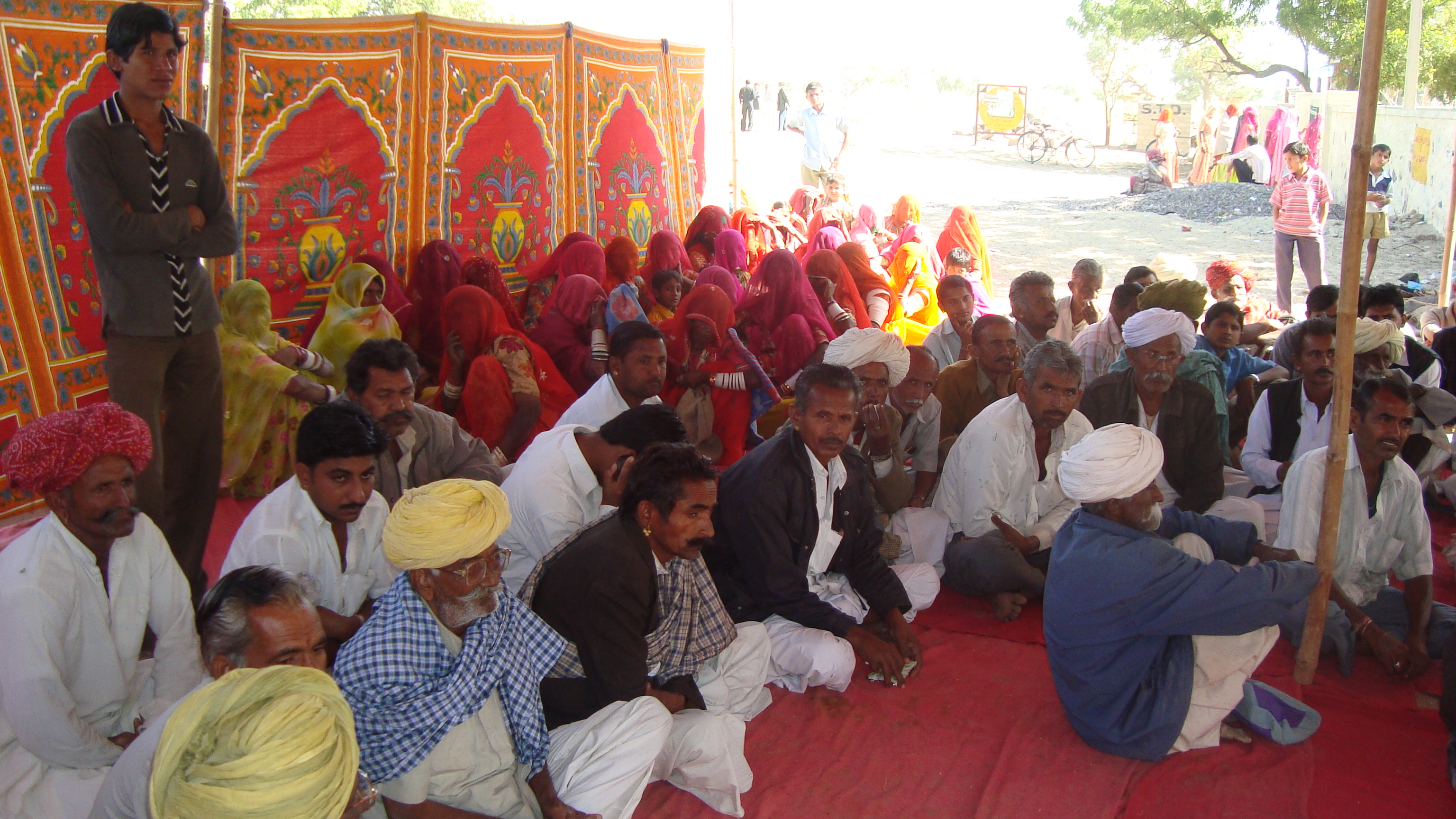The Panchayat is the smallest unit of administration. This is a necessary concomitant to efficient governance. It is a system of local self Government, administered by a small group of elders called the Panchayat.
This Panchayat is elected democratically in every village and, a huge country like India with its base of population in villages only needs this type of decentralization. This is a neat method of administering the village by their own people.
ADVERTISEMENTS:
The basis of Panchyati Raj, is evolving a system of democratic decentralization and giving of powers and authority to the local (rural) people. This system is very necessary for a country as huge as India. It is impossible to manage the affairs of the country from the single central government. Besides the convenience of ruling from the village itself, we have to realize that, the problems of the rural people will be different from the problems confronted by the urban people. It is for this reason the village people being managed by their own people will produce the perfect result of a compatible governance.
The problems of villages will also be of an absolutely local nature and, the formation of a Panchayat is of great help in establishing a clean government, and administration, at the local level. Only the village can locally increase the agricultural produce, develop rural industry and do all else that is required by the local population. It is they only who can assess their manpower and resources and put them to an optimum utility for the benefit of the local villagers. This Panchayati
Raj is a very progressive method of administration by decentralizing authority and encouraging voluntary agencies. For the Indian scenario it is a very fulfilling and necessary concomitant to good and efficient governance.
The Panchayati Raj is a three tier system and structure. The village Panchayat works at the basic village level. Its members are elected in the Gram Sabha, i.e. the village Assembly. The Chairman of this Panchayat is also elected and is called the Pradhan. It is this organization that plans agricultural production, and arranges co-operative management of the village land.
ADVERTISEMENTS:
The Panchayat Samiti is the next organ which is the executive body and this operates at the block level. All the Pradhans of a group of villages in the block are members of this Samiti. This organ prepares, executes, and coordinates programmes for the development of the block in all the spheres like agriculture, animal husbandry, small scale industries, education and rural health.
The next tier in the Panchayati Raj is the Zila Parishad. This organ is responsible for making, executing and coordinating programmes of rural development for the district. Members of this Zila Parishad are all the presidents of all Panchayat Samitis, Member of the Legislative Assembly, (M.L.A.), and the member of Parliament (M.P.) representing the district.
This three tier system of Panchayati Raj has been established in all the States of the country and the Union Territories of India, except the Meghalaya, Nagaland, Mizoram and the Lakshadweep. This system of Panchayati Raj was originally established to ensure good and efficient governance throughout the country through the smaller unit of the village Panchayat. This was to be the only feasible and practical method of governing the huge country that India is.
However, much like the rest of the country’s organizations this system is also seen to be near non-functional and corrupt. When this is the situation, what can be expected in regard of governance is not far to seek.

